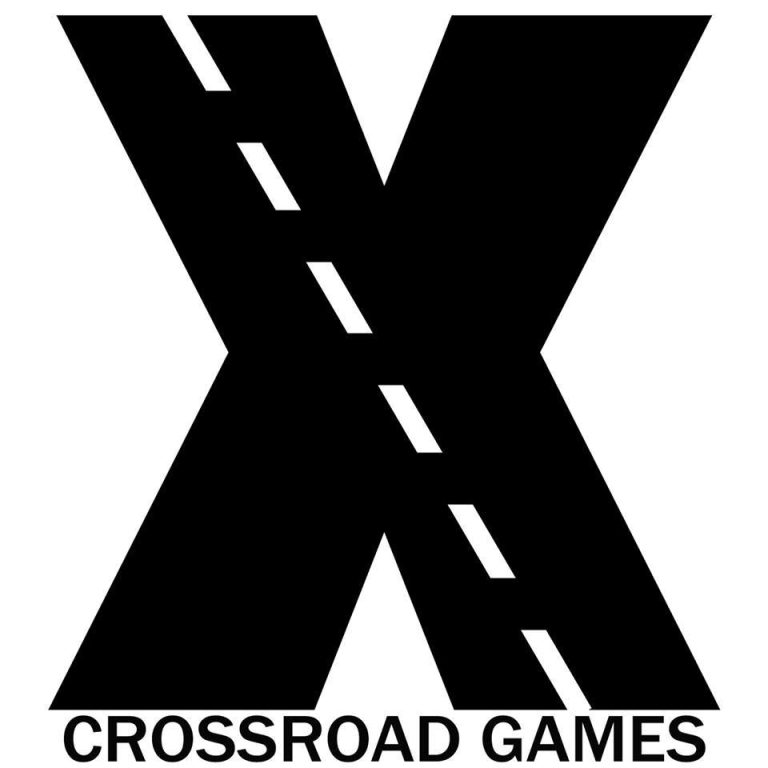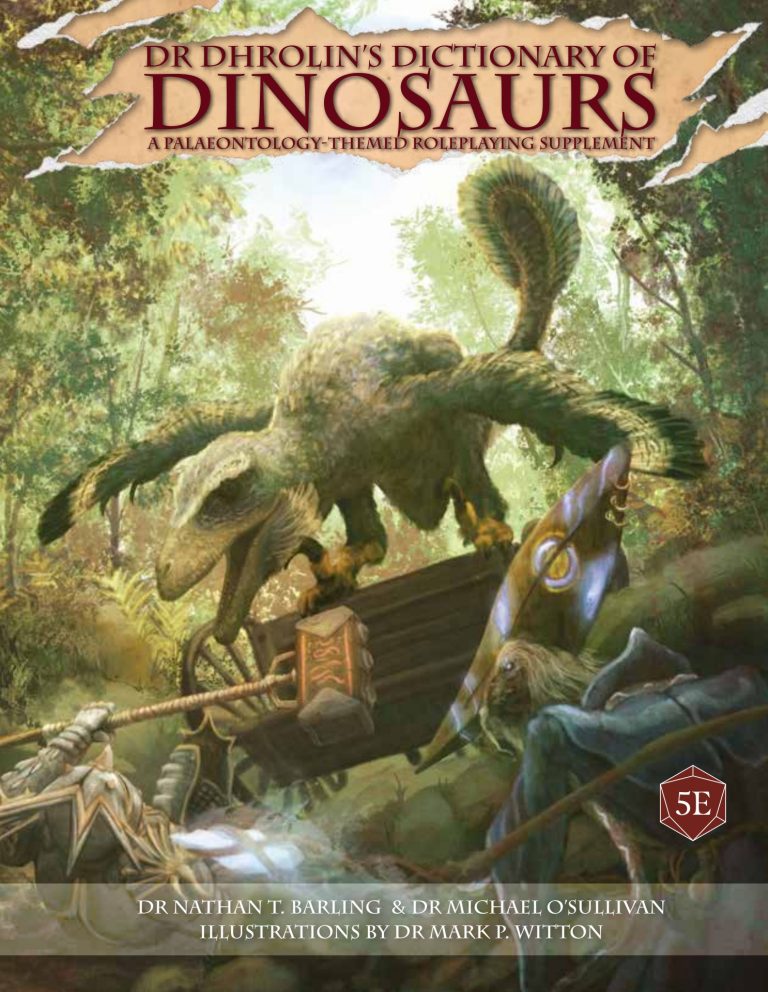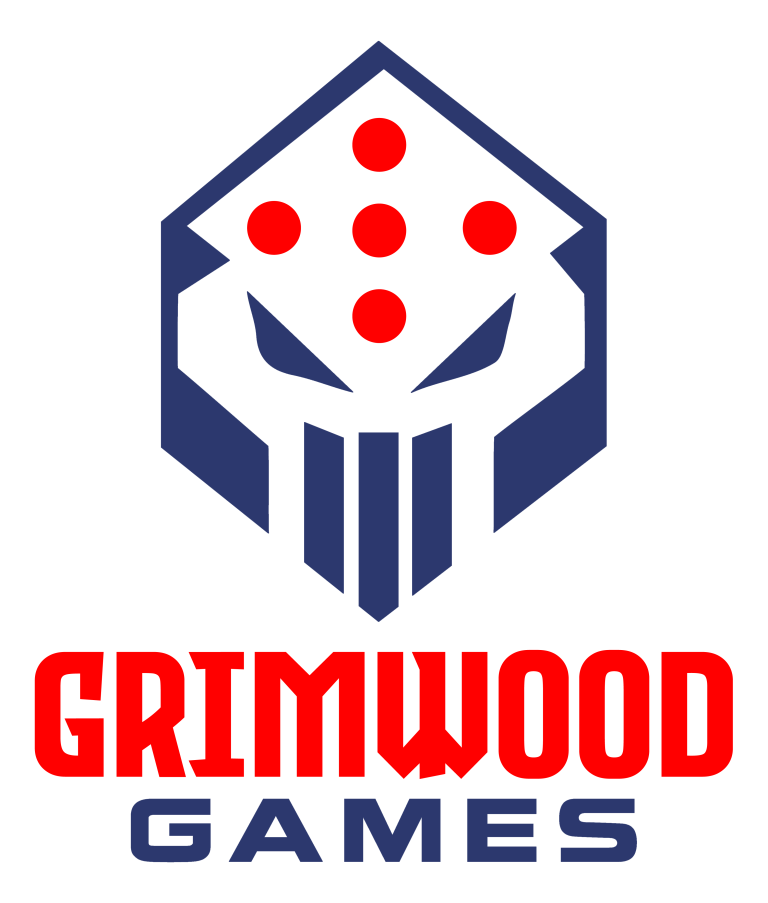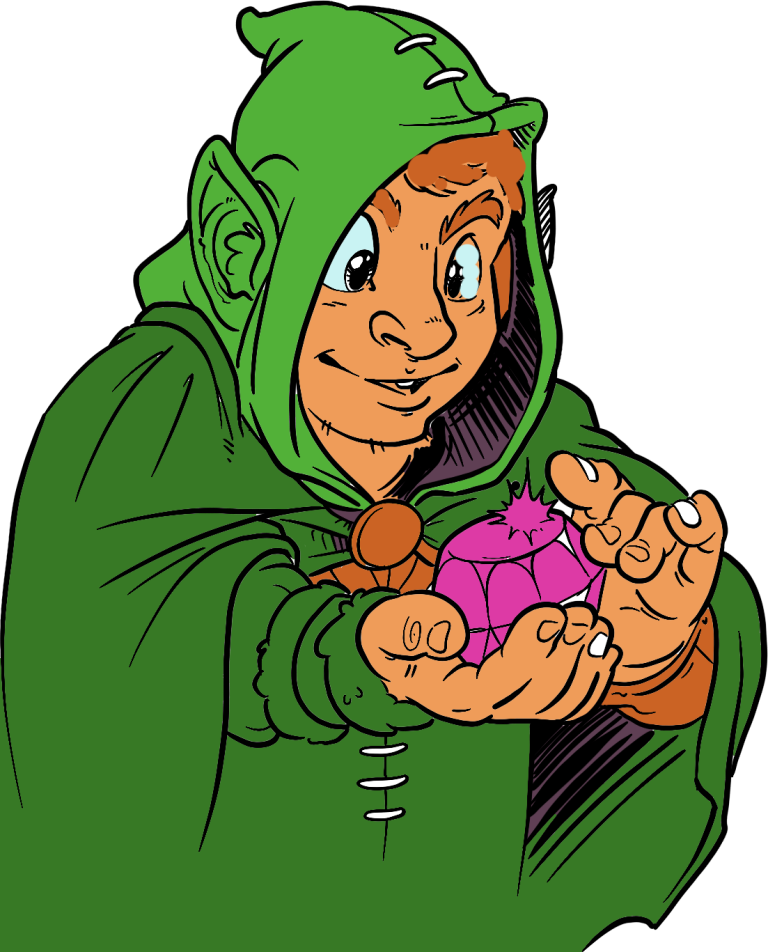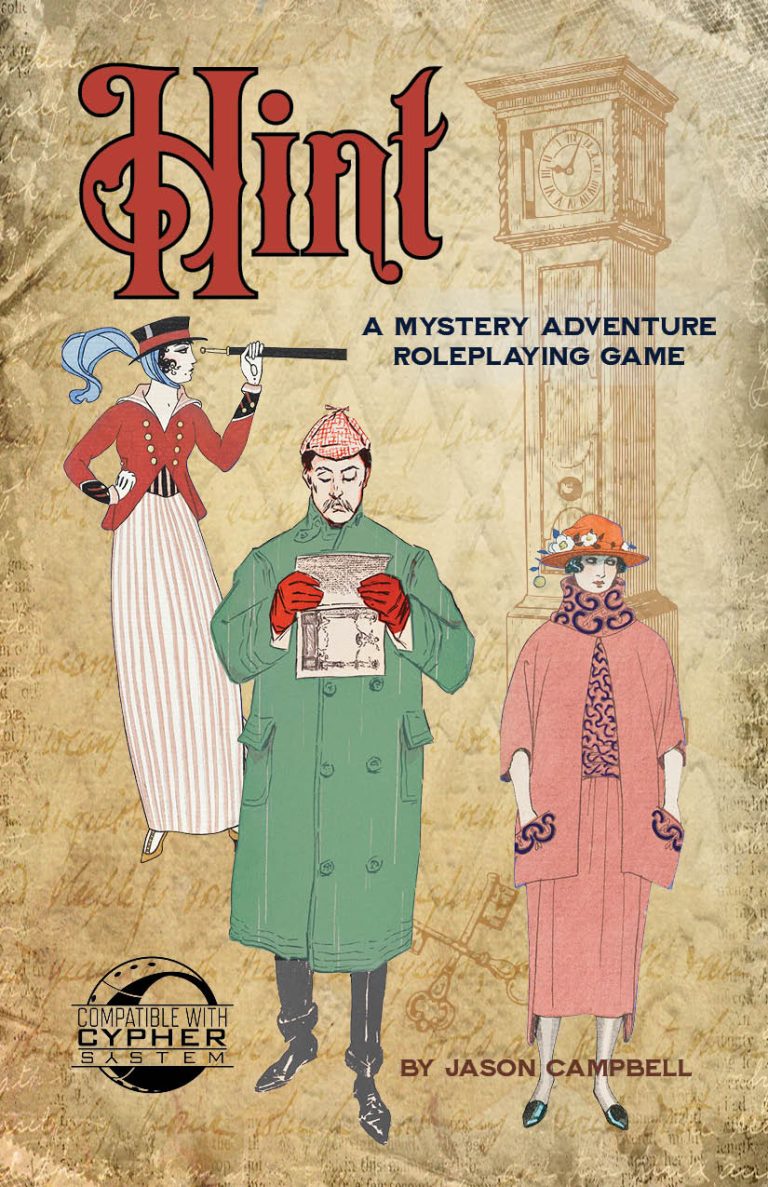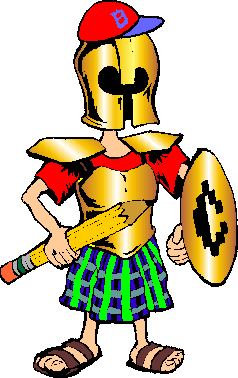NOTE: the opinions expressed in interviews are those of the guests, not necessarily those of shadomain.com.
Today we talk with Robert Kuntz, an early employee at TSR, and a noted game designer and philosopher. We asked him about his latest work, The 4th Category, available at https://threelinestudiostore.company.site. Let’s get right to it:
Your latest work is The 4th Category. Can you tell us where the idea to create this came from? How long ago did you have the inspiration to write this piece?

It’s the most important and demanding part of my ongoing research which started in 2007 and culminated with my current claim that D&D as originally published is the first entrant in a new primary game category: Conceptual Systems for Play. It’s the first chapter of A New Ethos in Game Design wherein I solidly ground my findings and then proceed to further expound upon the new system, its historical links to the open form play of children, why it is a new medium for mastering fantasy, and that its design axis is a base conceptual system that can be iterated in dynamic ways; and what all of this could mean for moving beyond repetitive RPG models now extant. I started inquiring about this in 2007 due to noticeable changes made to the game through subsequent editions that incrementally rerouted it away from a hands-on, self-organizable design kit.
Your TTRPG writing career is, well, legendary. How did your early works influence your current game design philosophy work?
Game design philosopy is not, IMO and experience, reducible to a specific sum. You might state part of it, and demonstrate yet another part, you can generalize, but it’s really stratified, mixed, fluid, and even survivalistic. It’s a self-evolving journey that ends when you rashly claim to know it all. What type of game design? Board game? Card game? I’ve done those but it’s a different process with them compared to designing an RPG rules set. RPG adventures? I’ve done, at a guess, about 24 of those. Pre-made adventures are my greatest challenge; and not because of any lack regarding implementing the form, but due to their linear and bounded natures. Linear is predictable; and in my design view Fantasy is the unknown, thus unpredictable. It has always appeared to me that the game side of predictability (the logical and rational) is at odds with the unpredictability of the unknown which is Fantasy (the illogical and irrational). I do not ascribe to the idea that engaging one of my adventures should be seen as a fantastic, motif-laden form of entertainment. I attempt through specific details to inform the end-user, the GM, of how to approach maintaining an adventure’s unpredictablity, frenetically engaging the players and keeping them immersed to the last die roll. How that plays out is dependent on each GM, however. So the challenge to create such matter poses an equal challenge for GMs who deploy it. If I had to absolutely adopt only one design credo it would be that in whatever I do I destroy linearity when confronted by it, and especially in adventure design. My artistic view sees linearity as a poison in relation to Fantasy. Fantasy is not A+B=C. A+B=C are aisles 7 and 8 plus the check-out at a grocery store. Further, working within closed boundaries does not appeal in the least to my design sensibilities, but yet we are always faced with formats and finite measure and the realization of bounded realities when contemplating designing an adventure. How I get around that boundary rather than running into its impermeable wall is always my sought after solution; and so far it’s worked fairly well. This POV grew in me when play-testing D&D and desiging a ton of material while doing so; and it’s matured since then.
You describe The 4th Category as an update to your earlier work, Dave Arneson’s True Genius. Can you describe Dave Arneson’s True Genius for those who may not be familiar with it?
DATG was the first salvo regarding my research. It’s not necessary to read it first to understand what I’ve put forth in The 4th Category. Yet it is an important first read for understanding how Arneson thought as a designer and how the game was viewed and ultimately changed, all of which syncs with his early departure from TSR. The first print run sold out a couple years ago but it is available in PDF from our store.
The 4th Category is a predecessor to your upcoming book, A New Ethos in Game Design. What can you tell us about that project?
Yes. It’s NEIGD’s first chapter where I explain the new system’s qulaities and its system architecture; and this indicates that D&D was a first entrant in a new category of games. It’s very comprehensive and informative as a stand-alone chapter. The remaining parts of NEIGD cover many in depth subjects related to it such as children’s play, element usage in RPGs, story crafting, summoning and sustaining Fantasy, comparisons between linear and non-linear systemsand how this changes the whole apsect of tradtional design tenets, historical tie-ins, detailed examinations of Arneson’s and Gyagx’s many quotes, new RPG model examples used to illustrate its ranges, an extensive commentary section, a glossary of system terms with new language entries specific to RPG system thinking, appended professional studies I’ve had done which support my claim that it’s a newgame category, and more. I’ve been wittling away at editing it and reducing its current size—some extracted advanced matter will be issued as follow-up essays–so its length will land between 80-100 thousand words.
A lot of TTRPG fans and readers were born and raised after D&D was created and may not realize some of the breakthroughs the game brought with it as far as game design. Maybe you could give a few examples?
Sure. Here are a few side-by-side comparisons of games preceding D&D’s new system: Preceding Games: Closed or isolated material systems; bounded play; linear design and objectives; invariable, immutable rules; no story-crafting system; zero-sum outcomes finishes a game i.e., there is 1 winner only; play is non-continuous (when the game ends it ends and must be started anew); scenario driven only; competition oriented (person-to-person or team-to-team). RPG (D&D 1974): Open conceptual system; unbounded imaginary play; non-linear design and objectives; variable and mutable rules; story-crafting system; non-zero-sum outcomes extends the game into a never-ending story and play horizon. There are no losers amongst the participants, only set-backs that are recoverable from. If you are eliminated in Monopoly you are out; in D&D you can immediately jump back in even if it requires generating a new PC; thus play is continuous; scenario driven is optional; cooperation oriented.
When some miniature wargames trended towards campaign play we had a bridge being crossed that compares to the holistic concept of RPG extended play; but on the main this was not the rule with the thousands of games preceding RPG’s advent. They were not continuous play exercises. However, since the dawn of time children have been extending conceptual play sessions indefinitely and as superbly illustrated by the Bronte children’s history-making imaginary play cycles (1827 onward).
When was this new sort of game system first described as “role playing”?
Arneson and his players never typed it; and when they unveiled it to us and Gary and the LGTSA got involved we soon began referring to it as FRP for Fantasy Role Playing. This stuck with us until an unidentified someone tagged it as RPG. I believe that this occurred organically and just spread and stuck from then on.
In The 4th Category you discuss in brief “The God Game”, an extension to D&D that you created in 1975 to serve as a game system for higher level D&D characters to continue. If we accept that conflict is core to any story, what did you imagine as conflicts for these characters, who were now champions of the gods?
I summarize The God Game model in NEIGD and how that worked for the 3 months we played it. I had to shelve it due to all of my design and work responsibilities at TSR. I will be releasing it as a fully engageable extension for play that is system neutral, probably nearer to the end of this year. It has its own system rules for how missions, politics, intrigue, power acquisition, presence, alliances, etc. work. Combat comes into focus in a non-apocalyptic sense only. Think of it as a “T”. When the ascension mode of D&D (the stem of the T) tops out its vertical rise the game reorients differentiated play horizontally. There’s a lot more nuance that I will not describe and for good reasons. 😉
You describe a 3-D sphere with many points, each representing dissimilar states, each engaging different
game conditions. This also relates to “Arneson’s First Law”, which you described in depth in earlier works. Given the growth of TTRPGs in depth and breadth. What do you think Dave Arneson would think of the state of gaming today, and how would he react to it. Would he relate today’s games to your 3-D sphere model?
Well, I’ll refer to the differences between horizontal vs. vertical design, in part, to answer that. D&D was a vertical leap in design; and according to my research it broke a lonnnng-established game design sound barrier. Now it is certain that such leaps come infrequently. Trivial Pursuit was one in board games that folded a parlor-esque scheme into it. It was brilliant. Could we agree that both titles were vertical leaps and therefore could be considered a base-line in their respective categories? Perhaps; and then yes at least from my POV. Just as Tolkien might very well be considered a base-line in the Fantasy genre since he is often regarded as such. “Designers without a sense of history are worth nothing.”— Massimo Vignelli.
A seemingly harsh critique from Massimo, but yet Arneson & Gygax, Haney & Abbott and good ole JRR paid attention to their histories. Have we reached such a saturation point in RPGs that we can say for certain to have transcended the base-line? Or to have only nudged it a bit this way and that? Is it more horizontal widening as opposed to vertical climbing? Or are we merely recreating the wheel because we can rather than proposing an entirely new vehicle? I can’t answer those questions; I have surmises, just as Arneson did. A long time before he passed he was asked what he thought about the current crop of RPGs, both P&P and computer. He was less than impressed. I don’t have the exact quote handy but it boiled down to that these new offerings weren’t moving the needle. It wasn’t a downvote so much as his expression of dismay.
Such a leap, when it occurs, will likely come from independent designers (as Arneson & Gygax were). Large corporations are normally risk averse; they tend to settle on what is working and not to fiddle with it too much. They’re most often median oriented. Avalon Hill Game Co., who rejected the D&D ms. in 1973, was about median churn. SPI their later competitor was even worse for churning it out. Any new leap in this hobby-industry will come from a design quarter having vision and lacking fear. Just like TSR in 1974.
Your claim is that Classic D&D built on the precursor of the ancient tradition of verbal storytelling. How do you view the introduction of randomness (via dice, cards, etc) into story building in this new form of storytelling as a game?
It’s all good. How does one learn storytelling? Just like swimming you dive in and the mind and body cooperate in accomplishing the endeavor. Look at K-12 education, for instance. It’s always been about scaling up progressively harder reading comprehension levels. One can leap beyond that as I did —I was reading the Harvard Classics at age 9 along side comic books; and I thank my mom for both. It depends upon one’s initiative and interests. Any assist with storytelling no matter its kind can only be positive; and then one can move on to other levels of involvement with story which were maybe once considered daunting. You just never know until you dive in which way you’re going to swim.
You discuss how D&D relied on unique kinds of social interaction. Now that the internet, and social media are so pervasive, if D&D (or a similar system) were only invented in today’s social culture, how would the game be different (if at all?)
Wow. That’s the biggest What-If? in games I’ve ever been pinned with. It’s not as simple as you suggest what with everything being equal under such a time-lapse scenario. I’ll start large and work down. If D&D had not been invented until NOW, then what would have occupied its off-line and online space in its place? Well, that would have been boardgames, etc., everything else you currently see alongside RPGs, and computerized out the ying-yang. All those other mediums would be dominant with a stranglehold on the markets, perhaps even film. Can you imagine the glut of TV game shows? I surmise that D&D’s appearence under such a circumstance would be ignored and marginalized or bought out and shelved. It would have a steeper road to climb against a multi-market entrenched establishment, that’s one angle…
OK. Having had fun puncturing a phantasmal balloon I’ll play the unequal game: D&D, with everything else being unequal, would achieve faster spread and greater assimilation and more immediate support. However,its competitors would soon abound as the speed of information spread works both ways… Technology would allow for dozens of D&D variants to appear within months whereas we only had to deal with 2 or 3 over the same number of years.
That answers the biggest difference. Any cultural difference is self-adjusting due to societal evolution. D&D to this day has its societal opponents, shrunken in number compared to when we nurtured its steps starting 50 years ago, but they’re still there.
What can you tell us about your upcoming work, A New Ethos in Game Design? Where might people find it when it’s released? Where can they find information about you, and follow your work?
I jumped to the main part of this question above. I am looking for publishers in the USA, UK and Europe as well as seeking an accredited agent. Agencies or publishers reading this can contact me at rjk.estate@orange.fr
My Bio is here: https://www.threelinestudio.com/bio/
Keeping track of my releases, about 6-8 per year, is best accomplished through subscribing to our mailing list: mailinglist@threelinestudio.com We don’t sell or otherwise reveal contact information and only use e-mails to inform subscribers about my new releases either through us or others we’ve partnered with.
Thanks, Rob!
If you’d like to be interviewed at Shadomain, fill out this simple form and we’ll publish your answers on an upcoming Wednesday: https://shadomain.com/interview/
If you’d like customized questions about what you do, just email info@shadomain.com


